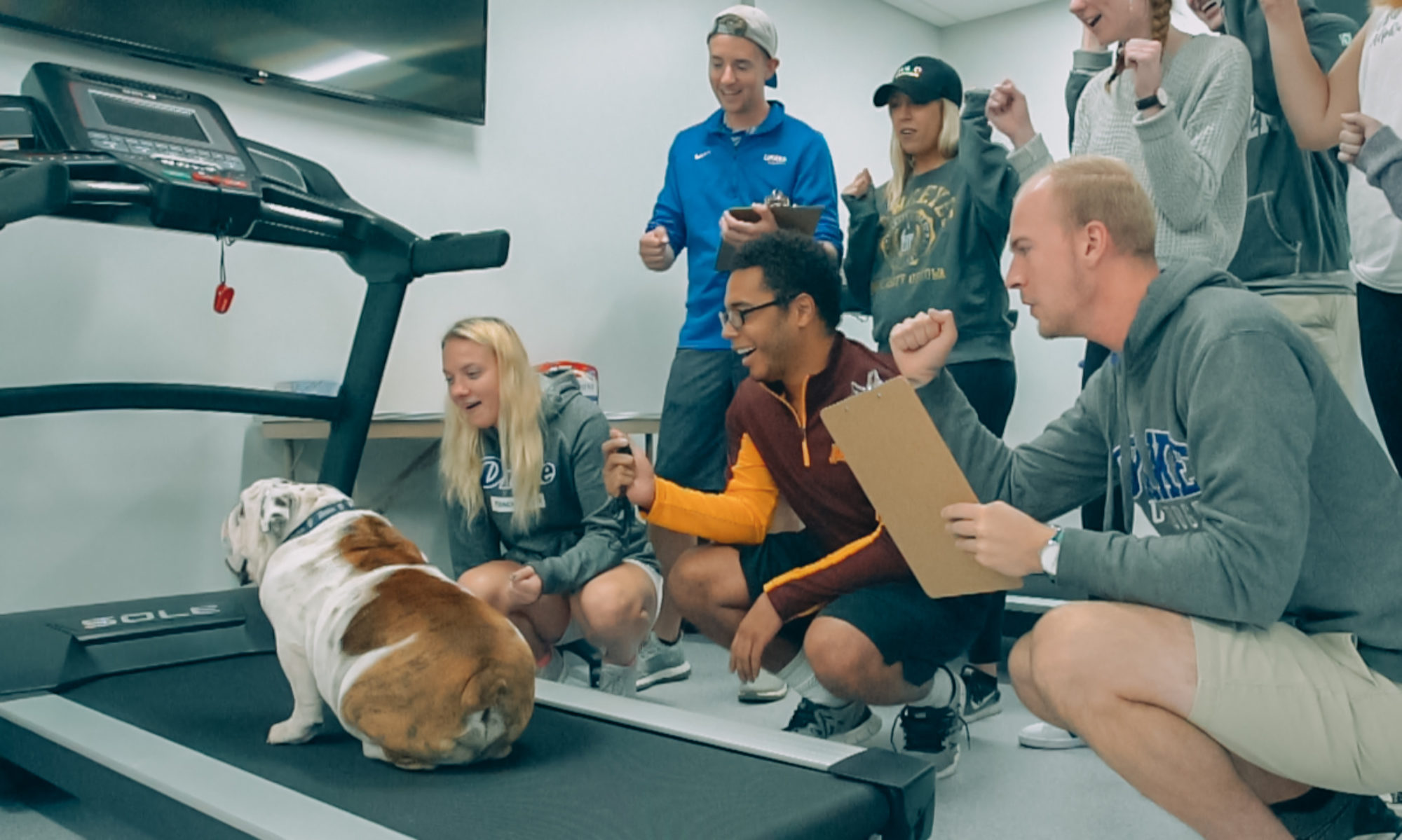Author: Claire Garreans
What is HIIT?
Has increasing your step count to 10,000 steps not helped you achieve the weight loss you want to achieve? Are you fed up with personal fitness trainer and gym costs without seeing any real results? The real results to help lose fat may come from a type of exercise called HIIT, or high-intensity interval training.
HIIT has been a recent trend in the fitness world. It is composed of short periods of high intensity exercise with bouts of low intensity exercise or rest. The great thing about HIIT is that it can be applied to almost any type of exercise equipment or exercise in general. There are so many exercise plans that can HIIT can be applied to, from cardio training, such as treadmills and ellipticals, to strength training, such as lunges, squats, and pushups. To see the benefits of using HIIT, the duration of the entire workout does not have to exceed 15 minutes, but each interval needs to be performed at maximal intensity (Heid, 2017).
Not only can HIIT be nearly universally applied to a variety of exercises, but the benefits for your health seem to be endless. Scientific studies have found that only 12 weeks of HIIT can lower blood pressure, increase insulin sensitivity, reduce hip and waist circumference, and improve your exercise abilities overall (Roxburgh et al., 2014). In the research studies below, the main form of exercise was cardio, either on a stationary bike or treadmill, at maximal intensity, with rest periods varying from 6 seconds to 4 minutes (Boutcher, 2011).
HIIT and Blood Pressure
HIIT has been shown to reduce blood pressure in people who have hypertension, which is constant high blood pressure. The target level of blood pressure should be 120/80mmHg. This can be a problem because although high blood pressure may be asymptomatic in the beginning, it can cause heart attacks, strokes, aneurysms, and other fatal diseases (Kannel, 2013). One scientific study found that people who participated in an 8-week program, with 3 training sessions per week, of HIIT were able to decrease their diastolic blood pressure, which is the bottom reading of the blood pressure that dictates the pressure the blood hits the walls of the artery in between heart beats (Olea et al. 2017). Most of the diseases listed previously are related to having a high diastolic blood pressure. Therefore, the HIIT can potentially help prevent you from developing those diseases.
HIIT and Diabetes
Sensitivity to insulin is also important because it helps prevent against Type II Diabetes. You want to be more sensitive to insulin so that you are better able to regulate your blood glucose. One review article looked at 7 studies that utilized HIIT programs of between 2 weeks to 16 weeks duration, and how it affects insulin sensitivity. All of the studies found an increase to insulin sensitivity, ranging from 19% to 58% increase (Boutcher, 2011). This is especially important for people who have been diagnosed with pre-diabetes because this can help improve your chances of not developing diabetes.
HIIT and Weight Loss
Maybe you are reading this article because you want to lose weight and become physically active in your daily life. HIIT has also been found to improve athletic performances overall. A review article found that muscular strength and power are improved using HIIT. These scientists used standardized tests for power in the exercise physiology field and found the HIIT could increase previously sedentary people’s muscular power and strength by as much as 28% in as little as two weeks (Boutcher, 2011).
Finally, while HIIT can give you all the benefits previously stated, it can also help you lose weight, especially fat, and slim down your waist size. The reason it targets fat on your body is explained by physiology. When a person participates in HIIT, they increase the secretion of a hormone called epinephrine in their body. Epinephrine is responsible for doing a lot of things, but one thing it does is break down fat, especially fat stored under the skin and in the muscles. Therefore, after participating in this program for a few weeks, people can see fat loss results. One study found that a HIIT program lasting 12 weeks allowed the group to lose an average of 7.2 cm around their waist (Boutcher, 2011).
Being Safe While Using HIIT
HIIT may seem like such an easy answer but it is important to remember that there can be consequences if you don’t exercise properly. Before participating in HIIT make sure you are cleared with your doctor to participate in high intensity exercise. Also, make sure you are fueling your body correctly, before and after workouts, so that you can not only be healthy and safe but also help see the results and improvements you want. Also, make sure you listen to your body. If it is feeling abnormal make sure you rest or get it checked out by a healthcare professional. HIIT has many benefits for promoting a healthier lifestyle and losing weight. It is your time to decide when you want to create the best version of you through HIIT!
References
Boutcher, S. H. (2011). High-Intensity Intermittent Exercise and Fat Loss. Journal of Obesity. 2011: (868305). https://www.ncbi.nlm.nih.gov/pmc/articles/PMC2991639/
Heid, Markham. (2017). Don’t Have Time to Exercise? Do This for 10 Minutes. Time. Retrieved from http://time.com/4893161/hiit-high-intensity-interval-training-exercise/
Kannel, W. B. (2009). Hypertension: Reflections on Risks and Prognostication. Medical Clinics of North America. 93(3): 541-558. https://www.ncbi.nlm.nih.gov/pmc/articles/PMC3719976/
Olea, M. A., Mancilla R., Martinez S., & Diaz E. (2017). Effects of high intensity interval training on blood pressure in hypertensive subjects. Rev Med Chile. Sep;145(9): 1154-1159. https://www.ncbi.nlm.nih.gov/pubmed/29424402
Roxburgh, B.H., Nolan P.B., Weatherwax R.M., & Dalleck L.C. (2014). Is Moderate Intensity Exercise Training Combined with High Intensity Interval Training More Effective at Improving Cardiorespiratory Fitness than Moderate Intensity Exercise Training Alone? Journal of Sport Science and Medicine. 13(3): 702-707. https://www.ncbi.nlm.nih.gov/pmc/articles/PMC4126312/
